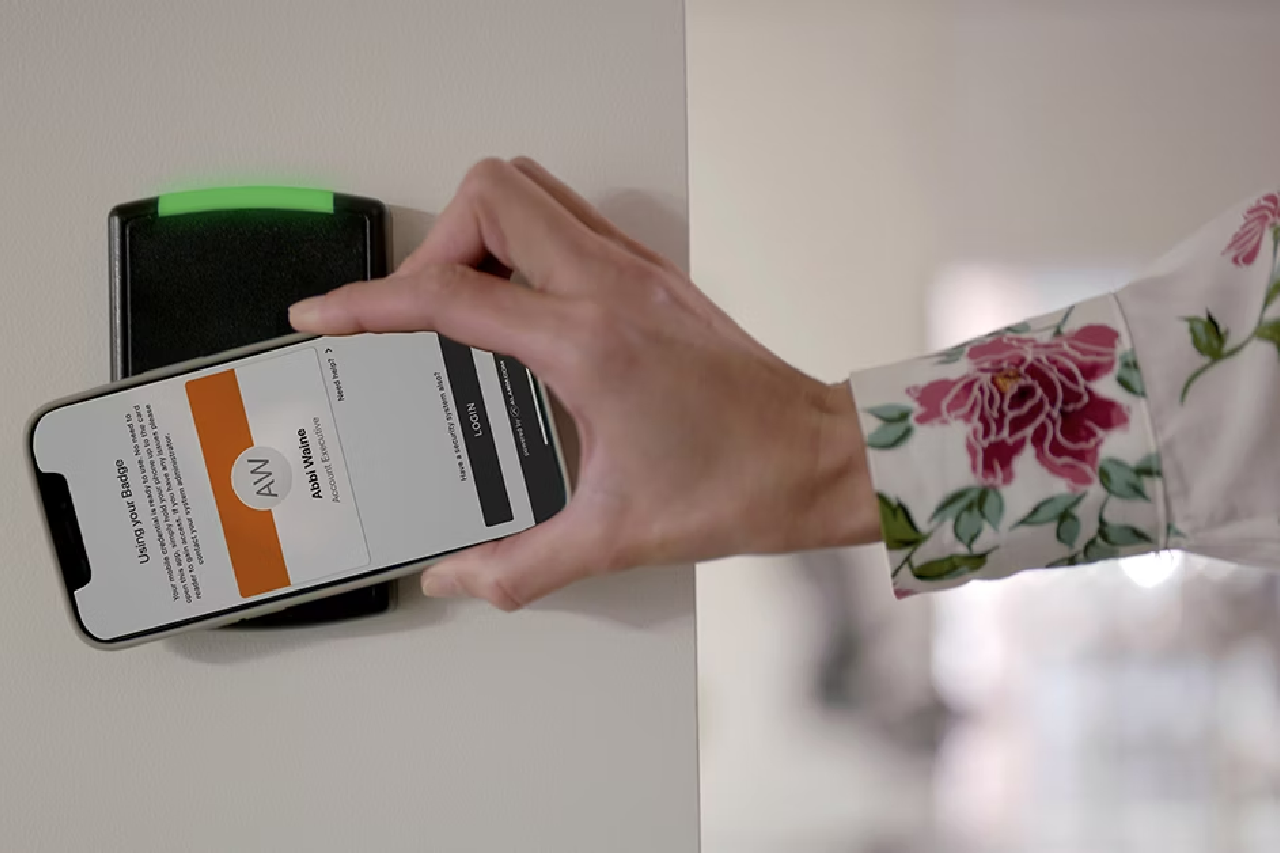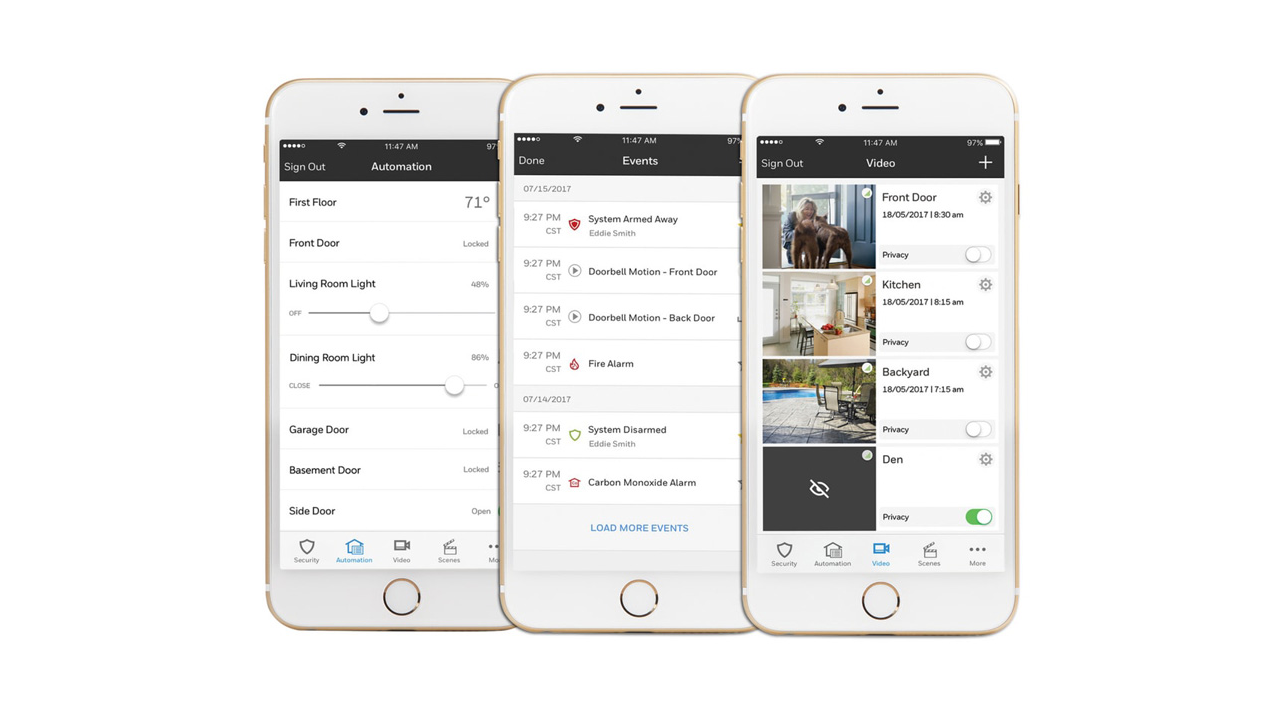Last Updated on October 3, 2023 by Alarm New England
In an increasingly digitized world, the need for secure and efficient access control systems has grown substantially. Traditional methods of using keys, cards, or passwords are vulnerable to various security breaches. Biometric access control has emerged as a reliable solution, using the unique physical or behavioral characteristics of individuals as authentication. Before delving into the technology, it’s important to understand the inner workings of biometric access control systems and see how they function.
Understanding Biometrics
Biometrics involves the measurement and analysis of unique physical and behavioral attributes of individuals. These attributes can include fingerprints, facial features, iris patterns, and voice patterns. Every person possesses distinct biometric markers, which makes them highly reliable for identification and authentication purposes.
The Components of Biometric Access Control
Biometric access control systems consist of several essential components that work seamlessly together:
1. Sensor
The first step in the process involves capturing the biometric data from an individual. Specialized sensors are used to scan and capture the unique characteristic being measured. For instance, a fingerprint sensor captures the ridges and valleys on a person’s fingertip, while a facial recognition system captures facial features.
2. Feature Extraction
Once the sensor captures the biometric data, a feature extraction process takes place. This step involves identifying key points, patterns, or unique attributes within the collected data. These extracted features are then converted into a mathematical representation or template. This template is a standardized format that captures the essence of an individual’s biometric trait.
3. Database
The extracted and transformed biometric templates are then stored in a secure database. Modern systems often use encryption techniques to safeguard this sensitive information, minimizing the risk of unauthorized access.
4. Comparison and Authentication
When an individual seeks access to a secured area, the biometric access control system engages in a comparison process. The individual’s presented biometric data, obtained through a live scan or previously stored template, is compared with the stored templates in the database. The system employs sophisticated algorithms to assess the similarity between the presented data and the templates.
5. Decision and Access Granting
Based on the degree of similarity determined by the comparison process, the system makes a decision regarding access. If the presented biometric data sufficiently matches a stored template, access is granted. Otherwise, access is denied.
Advantages of Biometric Access Control
Biometric access control offers several noteworthy advantages in securing your place of work:
1. Enhanced Security
Biometric traits are highly unique, making them challenging to forge or replicate. This uniqueness significantly reduces the likelihood of unauthorized access.
2. Convenience
Unlike passwords or keys that can be lost, forgotten, or stolen, a person’s biometric traits are always with them. This eliminates the need to remember or carry additional items for access.
3. Accuracy and Efficiency
Biometric systems can process and authenticate individuals quickly. With a biometric scan, there is no more shuffling your pockets for keys or access cards, or typing in your 6-digit passcode. The speed and ease of biometrics can streamline access procedures. This can be particularly crucial in high-traffic environments.
Biometrics – Challenges and Considerations
While biometric access control systems offer numerous benefits, they are not without challenges. Privacy concerns, data security, and the potential for false positives/negatives are important considerations when implementing such systems. Additionally, biometric traits can sometimes change over time due to injuries, illnesses, or natural aging.
Should You Consider Biometrics for Your Business?
Biometric access control systems provide a sophisticated and secure means of managing access to physical spaces. By harnessing the unique features of individuals, these systems offer enhanced security, convenience, and efficiency. As technology continues to evolve, biometrics is likely to play an increasingly vital role in shaping the future of access control systems. To learn more about the pros and cons of biometric access control, check out this article here.






